Here at Audio46, we often receive requests to compare specific headphones. While some models clearly out-class others, gaming headphones provide a very competitive landscape for casual consumers and discerning listeners alike. This dilemma readily surfaces in the case of the Audio Technica ATH-ADG1X vs the Sennheiser Game Zero. Priced at $299 and $279, respectively, these two models offer remarkably similar listening experiences. So which one is right for you?
Audio Technica ATH -ADG1X vs Sennheiser Game Zero Comparison Review

Both the Audio Technica ADG1X and the Sennheiser Game Zero utilize a decent amount of plastic in their respective builds. While the Audio Technica opts for a goose-neck microphone, the Sennheiser features a more rigid boom-mic. The Game Zero offers a more common fit with a traditional headband, and uses plenty of pleather padding on the headband and earcups for extended comfort. The ADG1X, by comparison, features a wing-type headband with velour padding on the earcups – offering a similar level of comfort, but perhaps less bass impact.
Both headphones employ an open-back design for greater depth and a more realistic sound, at the expense of isolation. While the resultant sound will seem more lifelike with either headphone, ambient noise may distract from the overall experience. As such, both models are better suited to quieter gaming environments.
While the Sennheiser’s boom mic works as an automatic switch for turning the mic on and off, the Audio Technica sports a more traditional control built into the cable.
Sennheiser’s Game Zero offers interchangeable cables designed for multiple systems – with a 4 ft (1.2 m) cable for consoles, and a 6.6 ft (2 m) cable for PC applications. The Audio Technica ADG1X features a fixed 4 ft cable that terminates in a standard 3.5 stereo jack, but offers a second 6.6 ft extension terminating in separate plugs for audio and microphone ports on a computer.
Specs
Sennheiser Game Zero Specs
Frequency Range: 15-28000 Hz
Impedance: 50 ohms
Sound Pressure Level (SPL): 108 dB
Total Harmonic Distortion (THD): <0.1%
Audio Technica ATH-ADG1X Specs
Frequency Range: 5-35000 Hz
Impedance: 48 ohms
Sound Pressure Level (SPL): 99 dB
Total Harmonic Distortion (THD): NA
As you can see from these specifications, both models offer similar numbers, though the frequency range on the ADG1X does seem a good deal wider. Nominal impedance remains fairly neck-and-neck. While both models might benefit from some amplification, neither requires it. Sound Pressure and volume are decent on both models, though the Game Zero may offer a bit higher volume in general. Finally, though Audio Technica doesn’t give a rating for Total Harmonic Distortion on the ADG1X, the level of clarity is still on par with that of the Game Zero.
Low End
In the low end, the Audio Technica offers a bit more detail, but at the expense of greater bass impact. That distinction easily goes to the Sennheiser, making up for a lack of detail with plenty of “oomph” in the low end. Here the Sennheiser is further helped along by the pleather-padded earcups, which help to extend that bass response.
Mids
Both headphones offer decent performance in the midrange, though the ADG1X may have a slight edge in terms of sheer detail. The Game Zero, while offering a similar level of clarity, just doesn’t seem as rich or articulate.
Highs
While the Sennheiser Game Zero offers a smoother high end, the bright sound of the Audio Technica ADG1X can verge on piercing at times. Not a deal breaker by any means, the divergent sounds clearly mark some limitations in use, but may appeal to different listeners in their own right, as well.
Soundstage
Either headphone will supply a much-appreciated level of depth and placement to any music (or sound affect), but the extra detail present in the ADG1X may offer a more grandiose listening experience. On the other hand, the rich bass response in the Game Zero may give the impression of greater dynamic range, while simultaneously adding some extra depth to the soundstage.
Recommendations
For those gamers seeking a headphone for gaming as well as casual listening, the Audio Technica ATH-ADG1X offers a smarter choice. While adequately suited for either endeavor, this particular headphone will excel at games relying on impressive musical scores.
Not to be dismissed entirely, the Sennheiser Game Zero still offers some mighty-impressive bass. This particular strength makes the Zero an optimal choice for games using plenty of explosions, gunfire, and other sound effects. Pairing that booming bass with an immersive soundstage, you’re bound to get sucked into whatever world you’re exploring.
Final Analysis
Sporting similar prices around $300, the Sennheiser Game Zero and Audio Technica ATH-ADG1X offer very different listening experiences. The Game Zero offers clear benefit to those who play games with more emphasis on combat effects or dramatic musical cues. However, the ADG1X seems more apt for grand musical scores and epic overture.
 The noise cancelling ability on these headphones are really good. I listened to these headphones with the door open while street construction was going on and the sound of the drill was significantly reduced. For those of you who are a bit sensitive to noise-cancelling the ANC may be too strong. If the ANC is too much you can activate the NC optimizer for a more suitable amount of ANC fit for you. But if you’re all about ANC, you’ll love these headphones. MDR-1000X definitely edges out the defending champion of ANC, Bose QC 35. It’s much more powerful and allows for customization. The QC 35 doesn’t calibrate and adjust ANC to your liking, nor are you able to turn it off when the headphones are paired to your smart device. In addition, there’s the current legal sitch in which Bose allegedly sold customer information without consent and the fact that their firmware is reportedly rendering some QC 35s useless. If the ANC is too much you can activate the NC optimizer for a more suitable amount of ANC fit for you.
The noise cancelling ability on these headphones are really good. I listened to these headphones with the door open while street construction was going on and the sound of the drill was significantly reduced. For those of you who are a bit sensitive to noise-cancelling the ANC may be too strong. If the ANC is too much you can activate the NC optimizer for a more suitable amount of ANC fit for you. But if you’re all about ANC, you’ll love these headphones. MDR-1000X definitely edges out the defending champion of ANC, Bose QC 35. It’s much more powerful and allows for customization. The QC 35 doesn’t calibrate and adjust ANC to your liking, nor are you able to turn it off when the headphones are paired to your smart device. In addition, there’s the current legal sitch in which Bose allegedly sold customer information without consent and the fact that their firmware is reportedly rendering some QC 35s useless. If the ANC is too much you can activate the NC optimizer for a more suitable amount of ANC fit for you.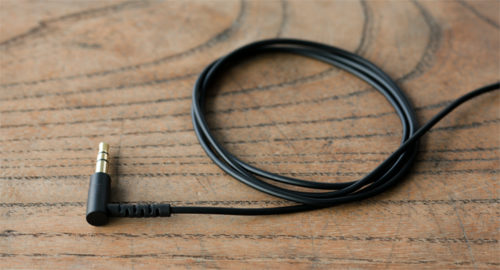
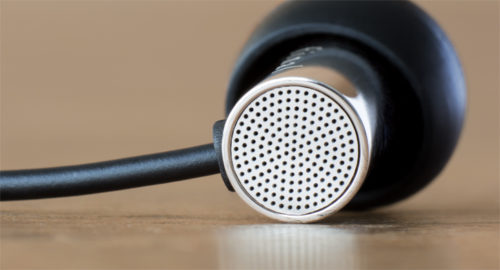
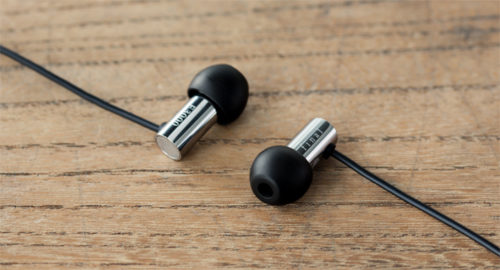

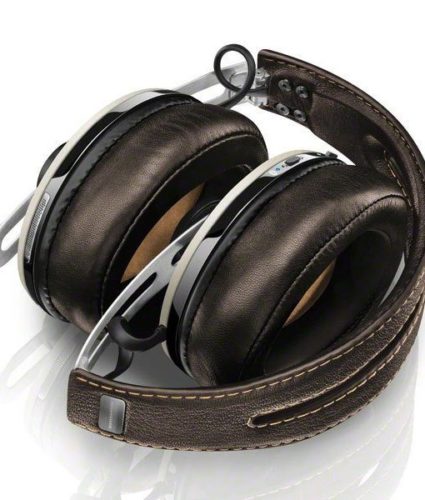




 As I previously stated, the Charge 3 is larger in stature measuring up at 8.38 x 3.42 x 3.48 in (213 x 87 x 88.5 mm) and weighing in at 1.76 lbs (800 g) while the Flip 4, which is actually slightly taller than the Flip 3, stands at 6.89 x 2.68 x 2.76 in (175 x 68 x 70 mm and weighs) 1.13 lbs (515 g).
As I previously stated, the Charge 3 is larger in stature measuring up at 8.38 x 3.42 x 3.48 in (213 x 87 x 88.5 mm) and weighing in at 1.76 lbs (800 g) while the Flip 4, which is actually slightly taller than the Flip 3, stands at 6.89 x 2.68 x 2.76 in (175 x 68 x 70 mm and weighs) 1.13 lbs (515 g).
 “Baby, this is what you came for…” chimes in my head as I write the line sound knowing in fact this is probably the most important part of this review. So, let’s get to it. The Flip 4 has a really nice present yet relaxed bass line than its predecessor the Flip 3, which came off much boomier in comparison. The Flip 4 does a really good job of allowing the mids and highs to breathe and float over the bass with accuracy and detail. Subsequently, the Flip 4 has a brighter sound signature than the Charge 3, which is more bass heavy. As a result, the Charge 3 isn’t as detailed as the Flip 4 in the mids and highs.
“Baby, this is what you came for…” chimes in my head as I write the line sound knowing in fact this is probably the most important part of this review. So, let’s get to it. The Flip 4 has a really nice present yet relaxed bass line than its predecessor the Flip 3, which came off much boomier in comparison. The Flip 4 does a really good job of allowing the mids and highs to breathe and float over the bass with accuracy and detail. Subsequently, the Flip 4 has a brighter sound signature than the Charge 3, which is more bass heavy. As a result, the Charge 3 isn’t as detailed as the Flip 4 in the mids and highs.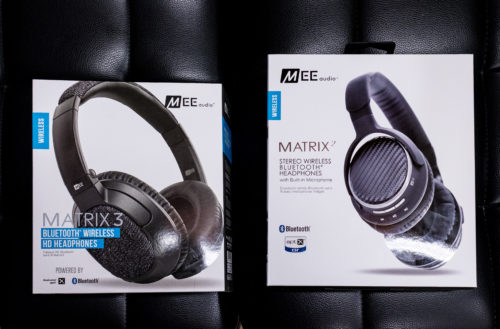
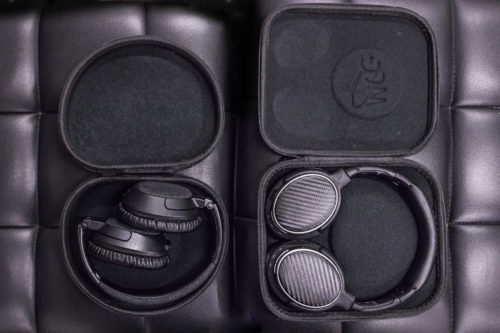


 For most of us, the HD 579 and HD 599 will appear remarkably similar. While the higher end 599 does sport a color scheme more akin to it’s direct predecessor, the HD 598, both the 599 and the 579 utilize similar materials. With a mostly plastic build, weight stays low, reducing fatigue. Meanwhile, velour earpads and leatherette headbands offer plenty of comfort.
For most of us, the HD 579 and HD 599 will appear remarkably similar. While the higher end 599 does sport a color scheme more akin to it’s direct predecessor, the HD 598, both the 599 and the 579 utilize similar materials. With a mostly plastic build, weight stays low, reducing fatigue. Meanwhile, velour earpads and leatherette headbands offer plenty of comfort.